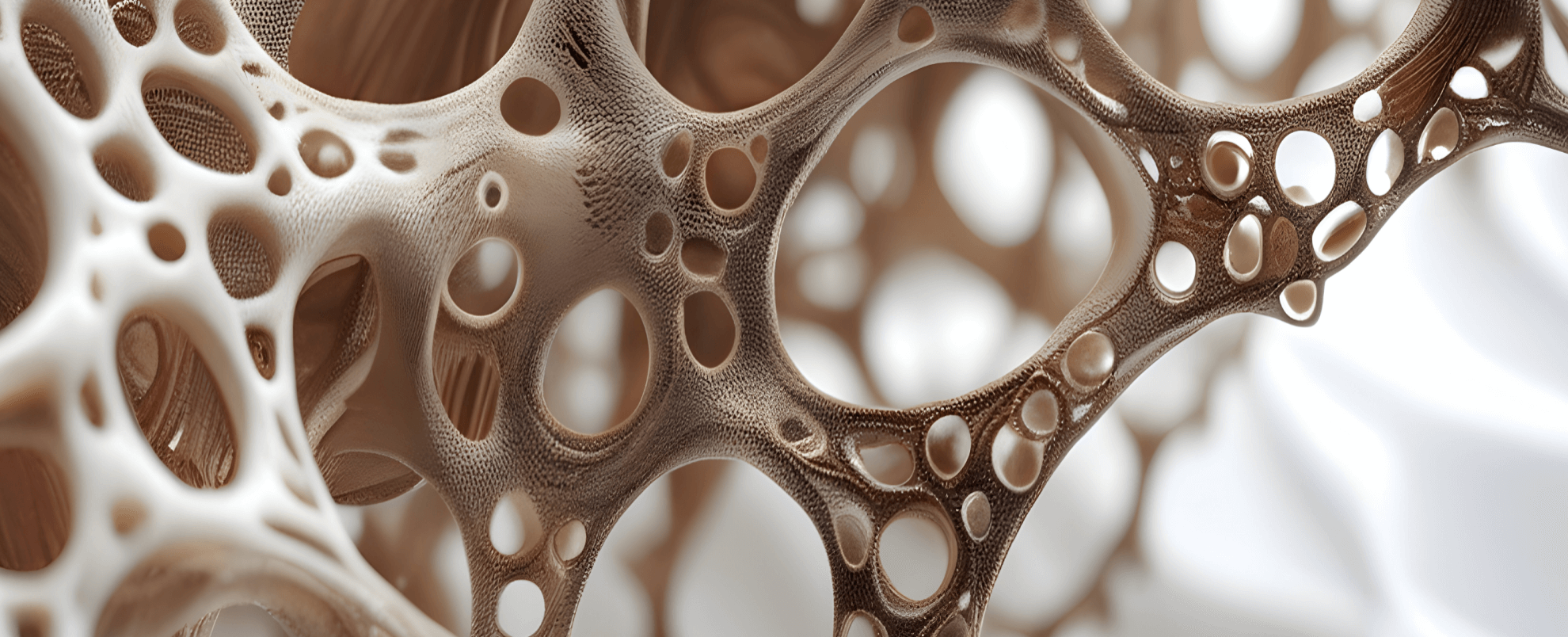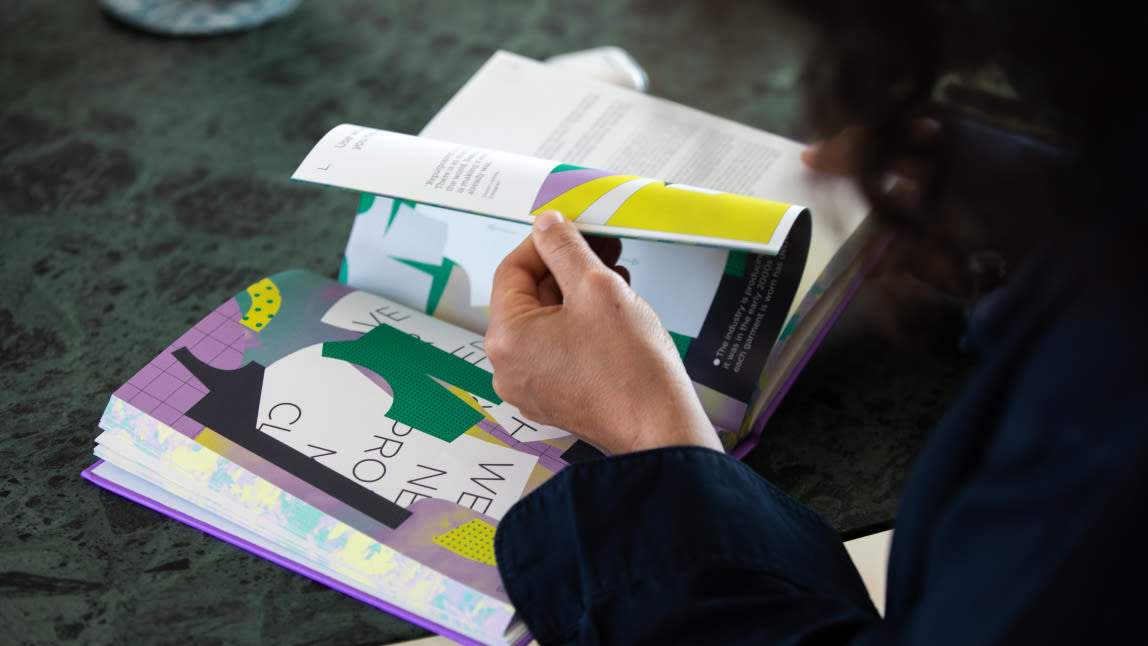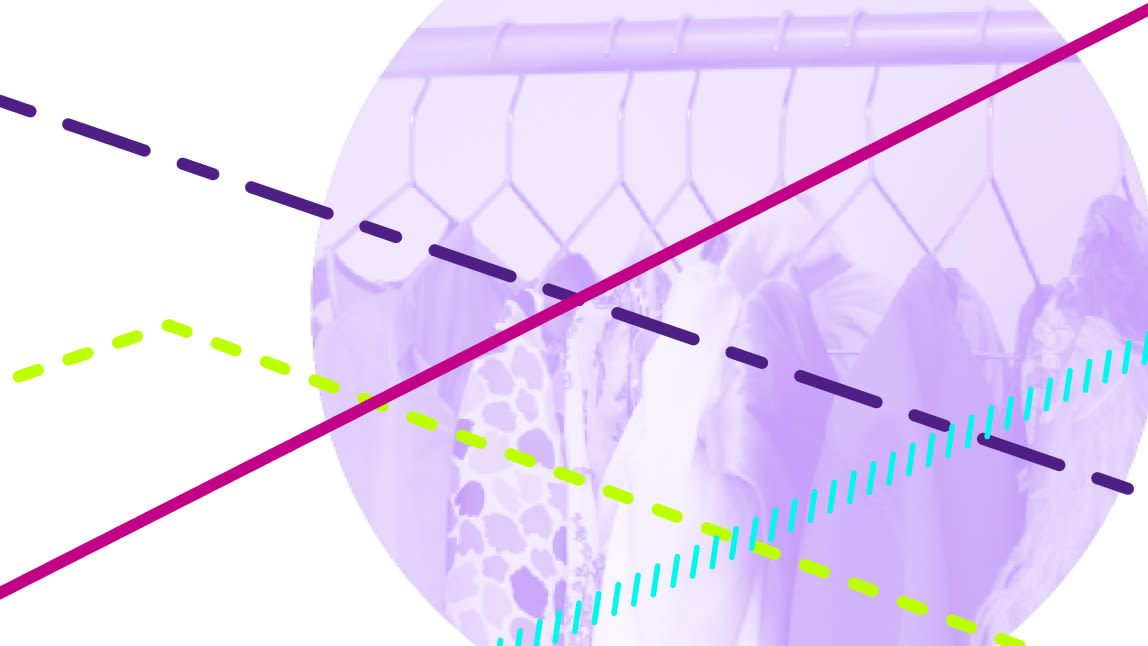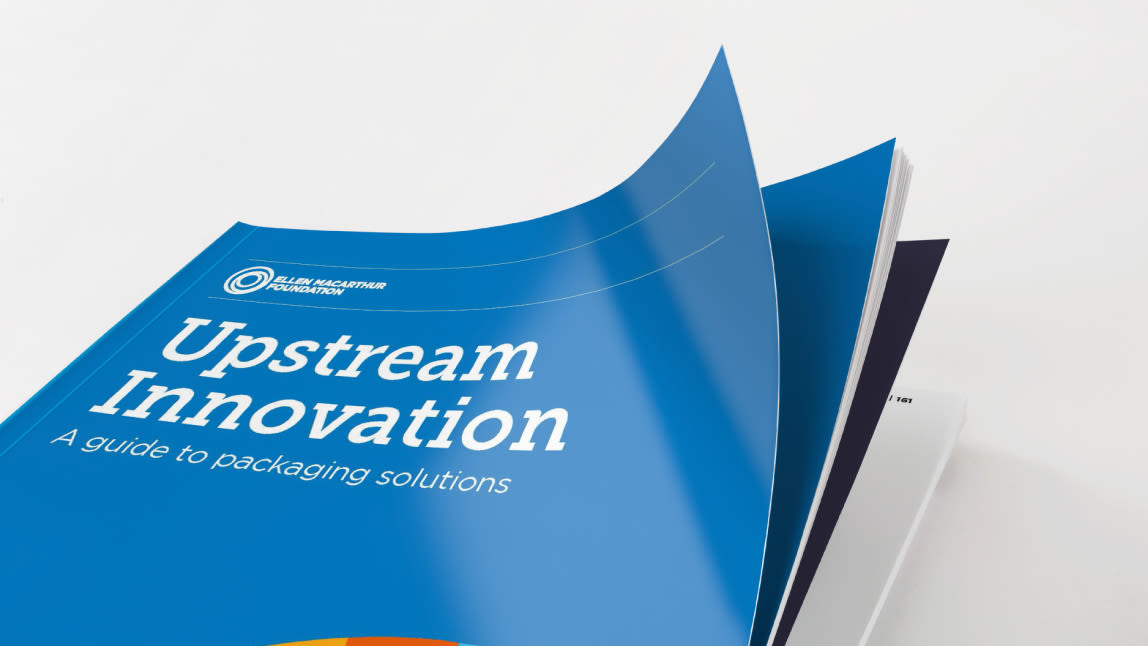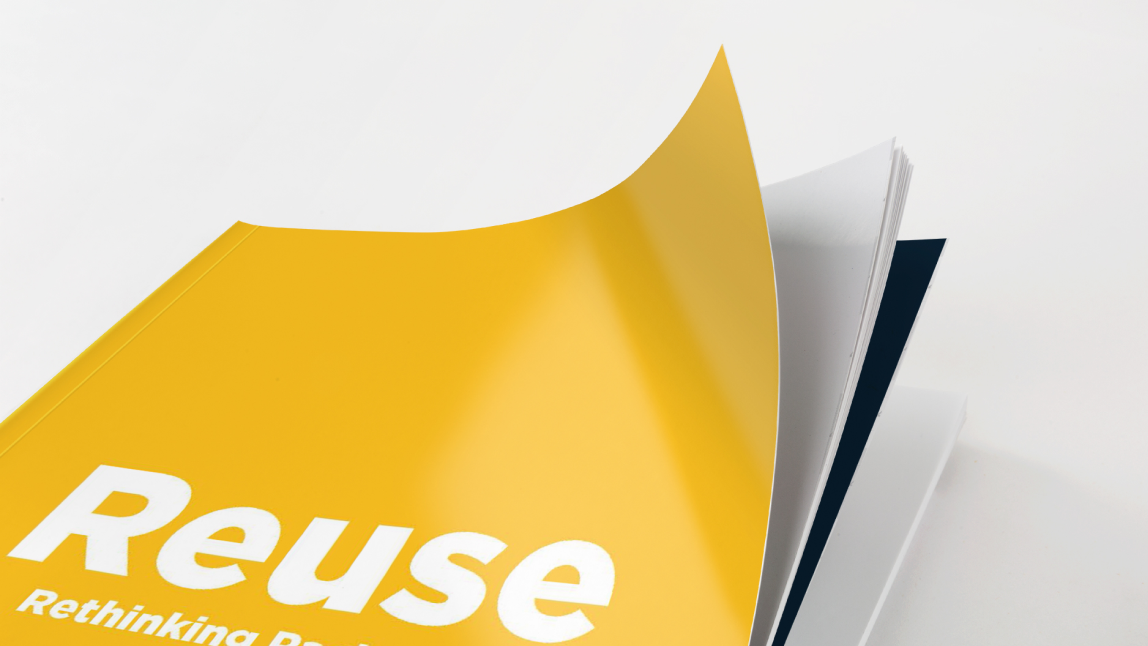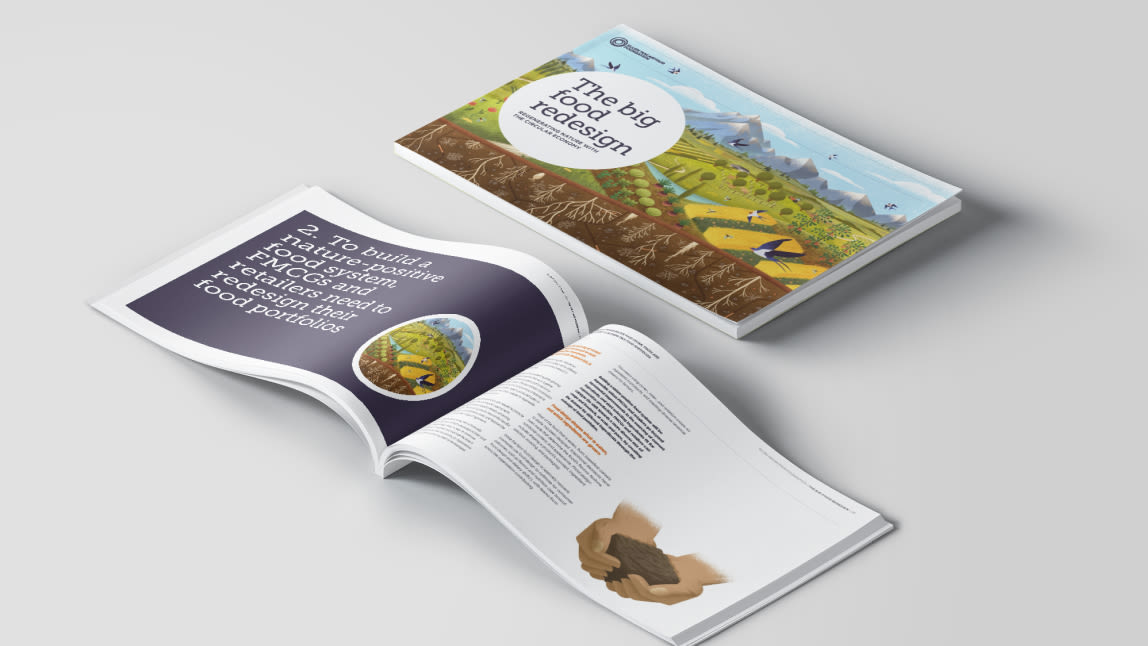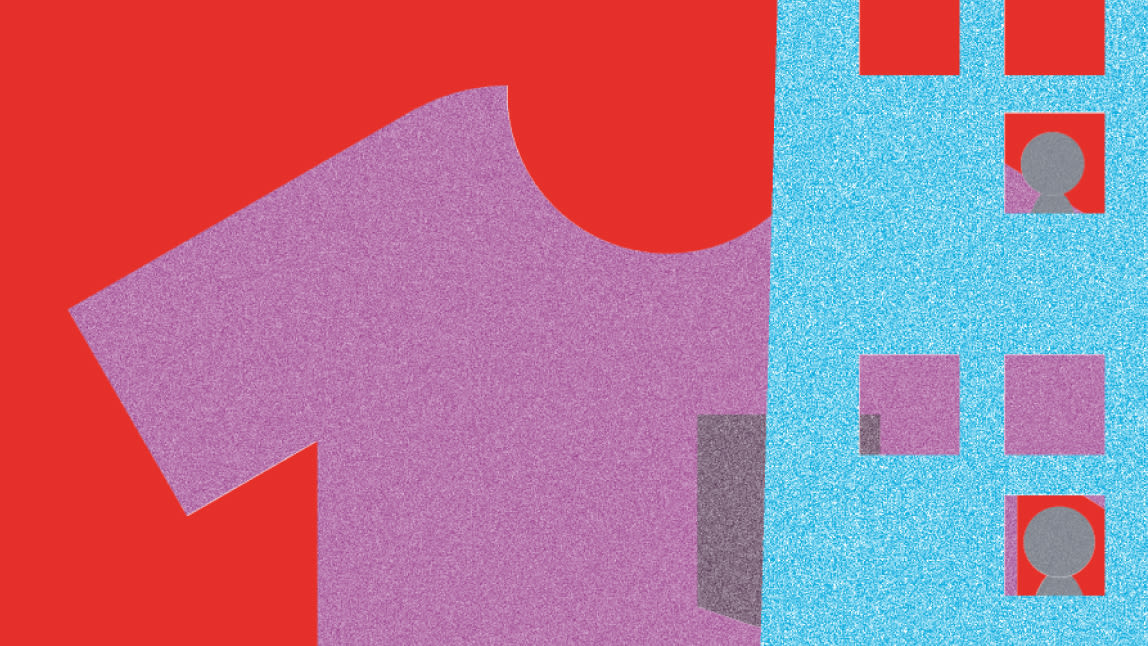Design is a force for change. From innovative products or disruptive business models to entire companies and supply chains, design has the power to reshape our economy.
Waste and pollution does not exist by accident, it is the result of design decisions. Likewise, the destruction of wildlife to extract resources only happens because of the way we make and use products and materials. By embedding the principles of the circular economycircular economyA systems solution framework that tackles global challenges like climate change, biodiversity loss, waste, and pollution. It is based on three principles, driven by design: eliminate waste and pollution, circulate products and materials (at their highest value), and regenerate nature. throughout the design process, we can make the economy work for people, business and nature.
Why design is fundamental to a circular economy
Design determines what we eat, the clothes we wear, the buildings we live and work in, and the systems that deliver food and mobility.
Today, in industries like fashion, food and plastics packaging, products and systems are designed in such a way that most materials are destined for landfill, incineration or leaked into natural environments. We have never produced more clothes - nor worn them less, while a third of all food produced goes to waste. It’s not just the materials that are wasted but embedded energy, resources, labour, and creativity are lost too.
We can prevent the creation of waste and pollution right at the start, and regenerate nature by design.
With circular design, we can prevent the creation of waste and pollution right at the start.

Introduction to circular design practices
The scale of the necessary transition requires a radical rethink of how we design.
For designers, the innovation challenges lie upstream, before waste and pollution are even generated. It is a creative, collaborative endeavour for designers in the broadest possible sense to think about the opportunities for long-term, regenerative value creation, rather than perpetuating an endlessly linear model.
In this overview, we explore what it means to apply circular design in practice as a way of addressing the root cause of global challenges, such as climate change, biodiversity loss, waste, and pollution.
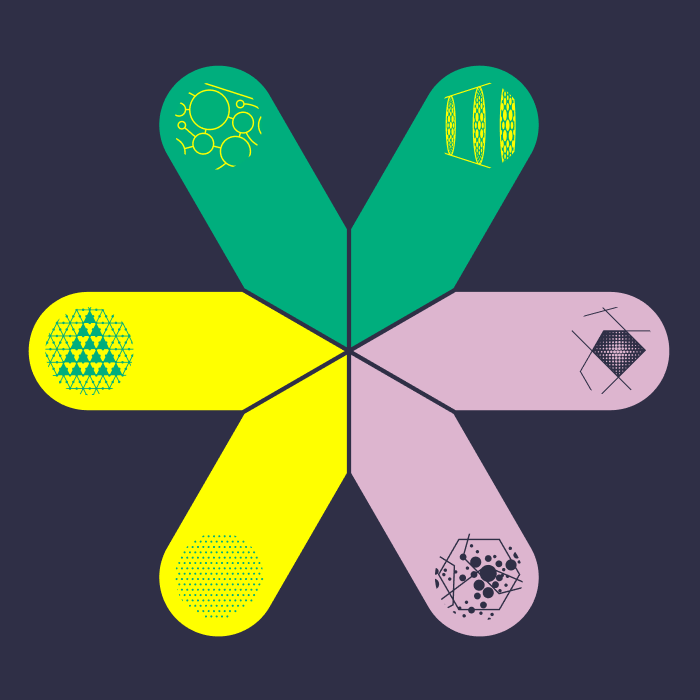
From ambition to action: An adaptive strategy for circular design
Six design leverage points to unlock the potential of circular design within organisations
This adaptive strategy presents six design leverage points - tangible actions that designers of all disciplines can apply in order to approach circular innovation systemically.
Drawing on practical experiences from the Foundation's Circular Design Leaders, alongside case studies demonstrating a plurality of approaches, the framework offers multiple entry points for taking impactful action. It can be used in many different ways - as a diagnostic tool to assess circular economy readiness, a philosophical prompt to consider previously unexplored paths, or as a template for total transformation.
Sector insights
Circular economy principles can be adopted across different industry sectors by design, bringing benefits to people, business and nature. Insights relevant to different sectors of the economy can be found here.
